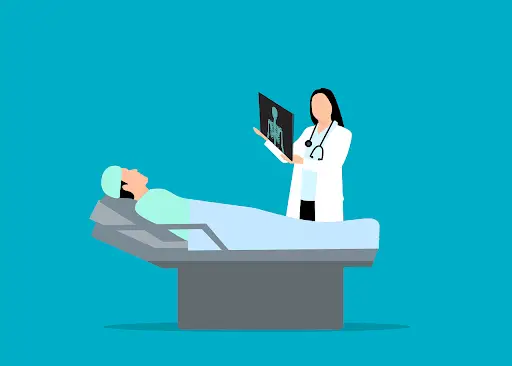
The Role of Diagnostic Scans in Aging and Preventive Care
As people live longer and healthier lives, preventive care has become a cornerstone of modern medicine. Instead of waiting for symptoms to appear, doctors and patients increasingly rely on diagnostic tools to identify health issues early. Among these tools, diagnostic scans such as X-rays, MRIs, ultrasounds, and CT scans play a critical role. They help detect existing conditions and provide insights that guide long-term care strategies, particularly for aging populations.
Understanding the role of diagnostic scans in preventive care highlights how these technologies can improve quality of life, reduce healthcare costs, and support independent living for older adults.
Why Preventive Care Relies on Scans
Preventive care focuses on spotting potential health risks before they develop into serious conditions. Diagnostic scans give physicians the ability to visualize what’s happening inside the body, often before any external symptoms appear. This proactive approach makes it possible to address problems like bone density loss, cardiovascular issues, or organ deterioration at an earlier, more manageable stage. Individuals in Ontario can access a range of medical imaging services in Windsor, ensuring that preventive screenings are part of their healthcare journey. These services provide valuable information for both patients and healthcare professionals, making preventive care more precise and effective. Scans become not just a response to illness but a key tool in maintaining wellness.
Detecting Age-Related Conditions Early
As the body ages, it becomes more susceptible to chronic conditions such as arthritis, osteoporosis, cardiovascular disease, and cancer. Diagnostic scans are crucial in detecting these issues early. A bone density scan, for instance, can identify the onset of osteoporosis long before fractures occur, allowing patients to take steps to strengthen bones and reduce risk.
Cardiovascular imaging can detect narrowing of arteries or heart irregularities before they lead to serious events like strokes or heart attacks. Early detection through imaging empowers individuals to make lifestyle changes or begin treatments that significantly improve outcomes and extend longevity.
Supporting Personalized Treatment Plans
Every individual ages differently, and diagnostic scans help create treatment plans tailored to specific needs. Imaging results provide detailed insights that allow doctors to recommend medications, physical therapy, or surgical interventions when necessary. MRI scans may reveal joint deterioration in one patient but show minimal issues in another, even if both report similar symptoms.
By personalizing care based on precise scan results, physicians avoid one-size-fits-all treatments and focus instead on targeted strategies. This personalized approach reduces unnecessary treatments, improves patient outcomes, and enhances trust between patients and healthcare providers.
Monitoring the Effectiveness of Care
Preventive care doesn’t stop at detection; it involves monitoring. Diagnostic scans are crucial in evaluating whether treatments or lifestyle changes are working effectively. Follow-up imaging after starting osteoporosis medication can show whether bone density has improved. Similarly, regular cardiovascular scans may demonstrate the positive effects of diet, exercise, or prescribed medications on heart health.
This continuous monitoring ensures that care plans remain relevant and effective. Patients can feel reassured knowing their progress is being tracked, while doctors gain the evidence they need to make informed adjustments.
Reducing Healthcare Costs Through Prevention
While diagnostic scans represent an upfront cost, they often save money in the long run. Treating advanced stages of chronic illness is far more expensive than addressing early signs detected through imaging. A preventive bone density scan may cost significantly less than the treatment and rehabilitation required after a hip fracture.
By integrating regular diagnostic scans into preventive care strategies, healthcare systems reduce the financial burden of emergency treatments and hospitalizations. For patients, this translates to fewer medical bills, less disruption to daily life, and more years of healthy independence.
Empowering Patients With Knowledge
One of the most powerful roles of diagnostic scans is how they empower patients. Seeing a clear image of a developing condition often motivates individuals to take proactive steps in managing their health. Whether it’s adopting a healthier diet, increasing physical activity, or adhering to prescribed medications, patients who understand their imaging results are more engaged in their care.
For older adults, this sense of empowerment promotes confidence and autonomy. Knowing that scans are actively monitoring their health gives them peace of mind, reducing anxiety about the unknown and encouraging them to remain active participants in their care.
Diagnostic scans are far more than a tool for identifying illness, they are a cornerstone of preventive care and healthy aging. By enabling early detection, supporting personalized treatment plans, and monitoring progress, imaging technologies help individuals stay healthier for longer. They reduce healthcare costs and empower patients to take charge of their well-being.
With accessible options such as medical imaging services, communities are better equipped to integrate scans into routine care. For aging populations, the consistent use of diagnostic imaging ensures longer lifespans and a higher quality of life, transforming the way we think about healthcare in later years.